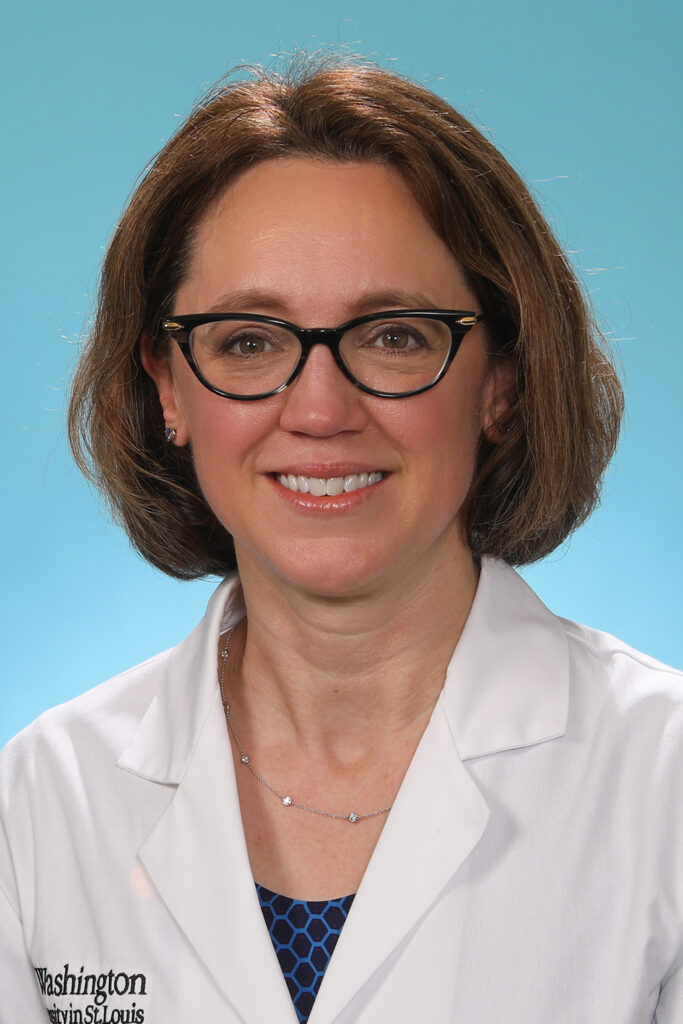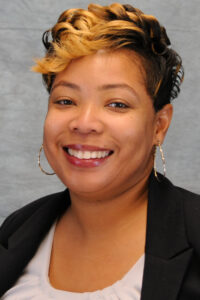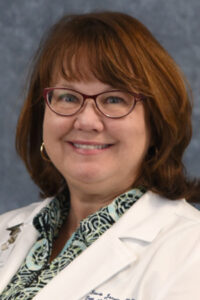
A recent reorganization at the Department of Otolaryngology at Washington University has been undertaken to improve patient access and boost patient satisfaction.
The department recently completed a self-evaluation of patient services, led by Vice-chair for Clinical Affairs Allison Ogden, MD. The primary goal was to improve patient access – getting every patient to the right provider, at the right time, with the right information, and at the right location.
Several discrete steps were taken to make the system work better for both providers and patients:
- Dorian Pierce was named manager of patient access. Working with her are the team of schedulers and pre-arrival coordinator, Lisa Altheimer.
- Schedulers were given Epic-based tools for identifying the correct provider as well as the “first available” provider.
- Lines of communication between schedulers and nursing staff were improved so questions get answered quickly.
- Front desk staff are provided with all needed information to reduce patient wait time.
- Efforts were made to reduce the backlog of referred patients waiting to be seen.
- Referral approvals and insurance pre-certifications are also now more consistently obtained.

Pierce is thrilled with how hard the team has worked, and the results.
“I have an amazing staff,” she said. “They really want to make a difference for the patients, and they want to make sure they do it right.”
Dr. Ogden agrees there have been many changes to both clinical and scheduling operations, and acknowledges the importance of the front end staff.
“I hope the scheduling staff realize how important they are to the department and to taking care of patients,” she said. “They are the face/voice of the department and first impressions really matter. The efforts that the telecom scheduling staff are putting into training and learning new systems will have a real impact in allowing our department to be leaders in patient-centric care.”

But, have these changes impacted patient satisfaction?
Director of Clinical Operations Stacy Jansen has kept a close eye on how smoothly and efficiently patients move through the clinic. The difference, she says, is noticeable, and is also reflected in patient satisfaction surveys.
According to Jansen, a look at the patient satisfaction scores shows improvement in four key areas directly related to these changes: 1) getting through to the office by phone; 2) personal manner of the person handling the call; 3) ease of appointment scheduling; and 4) availability of appointment times.
